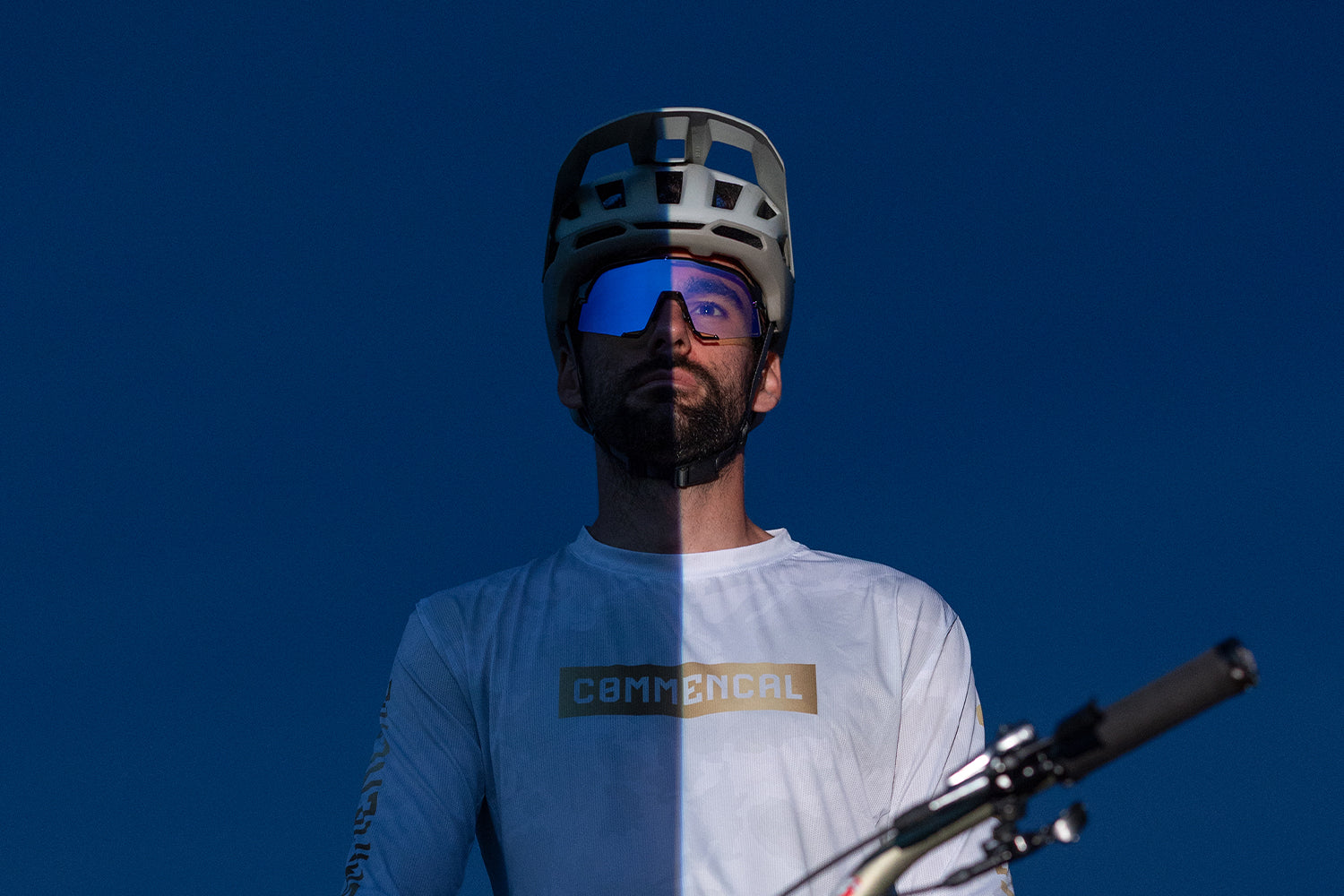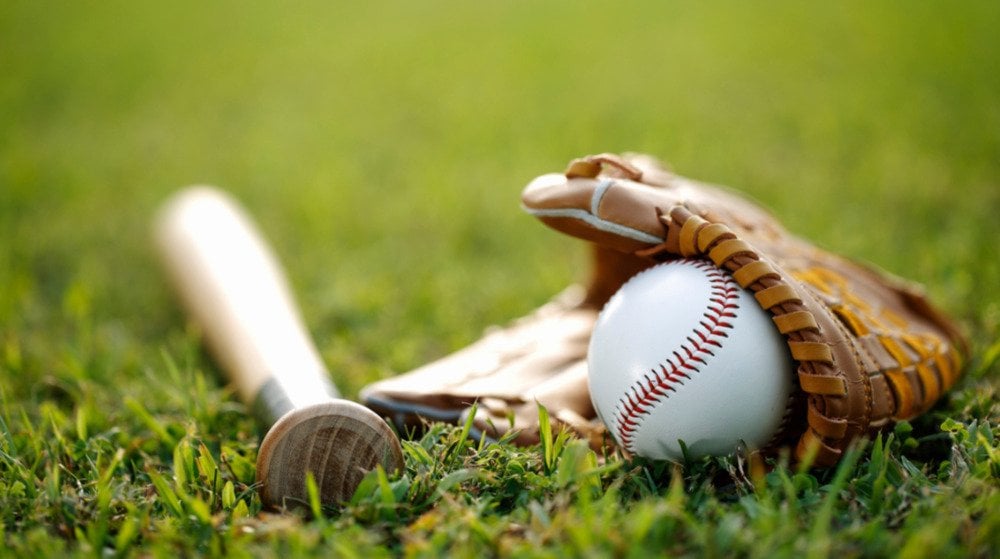In baseball, vision is not just a sense - it’s a skill. From the moment the pitcher winds up to the crack of the bat, a player’s ability to process visual information determines how they react. It affects everything: how quickly you pick up a pitch, how accurately you judge a fly ball, and how confidently you throw to second base. For players who need corrective lenses, this becomes an even more critical factor.
Regular prescription glasses won’t hold up under game conditions, and contacts can bring their own set of issues. That’s why prescription baseball glasses - designed for athletic use - are becoming essential kit for players at every level of the sport.
Unlike the glasses you wear off the field, prescription baseball glasses are built to withstand impact, resist fogging, and enhance clarity in variable lighting. But not all sports eyewear is created equal, and selecting the right pair requires a careful understanding of lens technology, frame construction, and how your prescription integrates into high-performance optics.
Why conventional prescription lenses don’t cut it on the field
Traditional prescription glasses were never designed for sports. Their primary job is to correct vision, not to protect the eyes from flying balls, diving slides, or harsh sunlight. On the field, those everyday frames become a liability. They fog up during exertion, slip off when you sweat, and lack the durability to survive a collision or line drive. Even beyond safety concerns, the limited coverage and narrow field of view can create blind spots - a serious disadvantage in a game that demands spatial awareness and rapid reaction.
Contacts, while popular among athletes, aren’t a perfect solution either. They offer a full visual field, but they dry out easily in windy or dusty environments - especially problematic in early spring games or dry infields. More than one player has learned the hard way what happens when a contact shifts mid-play. This is where dedicated sports eyewear, especially with prescription compatibility, changes the game.
What makes prescription baseball glasses different?
Prescription baseball glasses are engineered with sport performance in mind. They aren’t just safety goggles with lenses popped in - they’re purpose-built to give players an edge while correcting their vision. The materials used in both the frames and the lenses are lightweight but durable, typically constructed from impact-resistant polycarbonate. These lenses don’t shatter or crack under stress, making them ideal for youth and high-school players who are often required to wear ASTM F803-rated protection.
Frame geometry is equally important. Wraparound styles are standard because they provide extended peripheral vision - crucial for outfielders scanning the sky or baserunners picking up signals while rounding a bag. These shapes also prevent light leakage and keep dirt and wind away from the eyes. Ventilation channels are often built into the frame or lens to prevent fogging, and rubberized contact points on the nose bridge and temples help the glasses stay put during even the most aggressive movement.
The most sophisticated designs accommodate a player’s prescription through either direct lens integration or removable inserts. Direct Rx lenses are ground into the sunglass lens itself - a streamlined option, but one that limits the availability of performance tints. A more flexible system involves using a prescription insert: a separate, clear lens mounted behind the main sunglass lens. This setup allows players to change their outer lens depending on lighting conditions, without needing a separate prescription lens for each pair.
Lens choice is important - particularly in baseball
Even the best-fitting frames are only half the equation. In baseball, light conditions change constantly - not just day to night, but pitch to pitch. A fly ball might be launched into a blinding sun one inning, then disappear into an overcast sky the next. Your lenses need to perform across that range.
Amber and brown tints are favored by many players because they enhance contrast and depth perception, making it easier to pick up the seams on a pitch or the ball against the infield dirt. These tints are especially effective during late afternoon or partly cloudy games, where shadows can distort distance. Outfielders often choose grey lenses, which reduce overall brightness while maintaining true color balance - ideal for tracking high balls against a bright sky. Yellow or gold lenses are a smart choice for low-light games, such as early spring mornings or evening practices, where they can brighten the field and sharpen focus.
Polarized lenses have their place too, though they’re more nuanced. While polarization dramatically cuts glare - especially from bleachers, dugouts, or wet grass - some players feel it interferes with depth perception. The key is trying polarized lenses in a baseball context before committing. For many, especially outfielders playing under a high sun, the trade-off is worth it. For others, particularly infielders who rely on fast reaction to ball speed and spin, standard contrast lenses may be preferable.
How prescription inserts solve a critical problem
One of the challenges players face is how to combine performance sunglasses with prescription vision correction without compromising either. This is where prescription inserts come in. Rather than having the prescription built into the outer tinted lens, inserts are clear lenses - matched to your prescription - that snap into the interior of the frame, sitting just behind the main lens.
This system provides serious flexibility. If you want to swap from a brown contrast lens for infield use to a mirrored shield for high-sun outfield play, you don’t need to buy an entirely new set of prescription lenses - just change the outer lens. Inserts are also easier to replace when your prescription changes. At 100%, we design many of our frames to accept inserts seamlessly.
Are prescription glasses allowed in competitive baseball?
Yes - prescription sports eyewear is allowed at every level of baseball, including MLB, NCAA, high school, and Little League. There are no restrictions against wearing performance glasses, so long as they meet safety requirements and don’t interfere with play. However, pitchers should avoid mirrored or highly reflective lenses, as umpires may rule them a distraction to batters. Many youth leagues also require sports eyewear to be ASTM F803 rated - meaning it meets impact standards for safety glasses used in athletic competition. When in doubt, opt for certified frames and lenses that are built for baseball.
100% prescription eyewear for professional-grade use
100% produces some of the most advanced prescription baseball goggles on the market today. Hypercraft, for instance, offers a rimless design with maximum ventilation - ideal for hot, high-exertion days. Its featherlight frame won’t interfere with headgear or movement, and its contrast-enhancing HiPER® lenses make it an excellent choice for infielders or utility players.
For outfielders or players who prefer a shield-style design, the Speedcraft SL delivers expansive coverage, reliable anti-fog performance, and complete Rx insert compatibility. It’s the frame of choice for players who need protection, comfort, and sun control in equal measure. Meanwhile, the Aerocraft, with its semi-rimless frame and aggressive styling, gives batters and multi-position athletes a broader field of view and zero lower lens interference - all while accepting custom inserts with ease.
Final thoughts
Prescription baseball glasses are no longer an afterthought or a workaround - they are essential, precision tools for serious players. When chosen carefully, they provide vision correction without compromise, allowing you to see every pitch, read every hop, and make every play with confidence. In a sport defined by detail and reaction time, there’s simply no substitute for clear, unobstructed vision. Whether you’re climbing the ranks or just want to play your best, invest in eyewear that’s built for the game - and built for your eyes.





